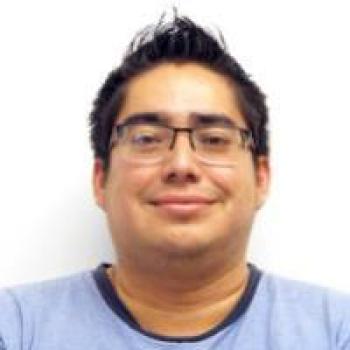Luis Guillermo García Ordóñez receives a degree in electronic engineering from Universidad de San Carlos (USAC), Guatemala 2015. He obtained his Ph.D. degree from Trieste University (UNITS), Trieste, Italy in 2022. Currently, he is doing his research in the Multidisciplinary Laboratory (MLAB) at ICTP working on reconfigurable instrumentation based on programmable system-on-chip for nuclear physics instrumentation applied to cultural heritage studies in collaboration with IAEA and the development of data acquisition systems for high-energy particle detectors at AMBER experiment at CERN where he is currently Front-end coordinator. Since 2018, he is an associated researcher at the National Institute for Nuclear Physics (INFN, Trieste section) as part of the COMPASS collaboration at CERN. From 2015 to 2018. He was a researcher at the School of Physics and Mathematics (ECFM-USAC) in Guatemala working in the instrumentation laboratory. From 2014 to 2016 worked as a clinical dosimetrist at HOPE Radiotherapy Center, in Guatemala. His research interests are high-speed data acquisition based on FPGA for high-energy particle detectors, indirect measurement of cosmic rays and gamma-ray bursts (GRBs), and reconfigurable nuclear instrumentation based on FPGA for cultural heritage studies.
Opportunities Overview
Discover ICTP's education and training programmes in high energy, cosmology and astroparticle physics
DISCOVER MORE
Opportunities Overview
Discover ICTP's education and training programmes in condensed matter and statistical physics
DISCOVER MORE
Opportunities Overview
Discover ICTP's education and training programmes in science, technology and innovation
DISCOVER MORE
Opportunities Overview
Discover ICTP's education and training programmes in mathematics
DISCOVER MORE
Opportunities Overview
Discover ICTP's education and training programmes in quantitative life sciences
DISCOVER MORE
Opportunities Overview
Discover ICTP's education and training programmes in earth system physics
DISCOVER MORE

















